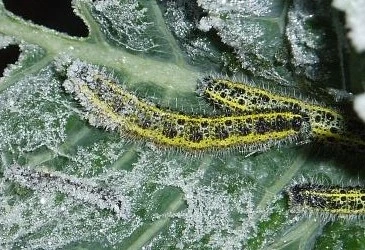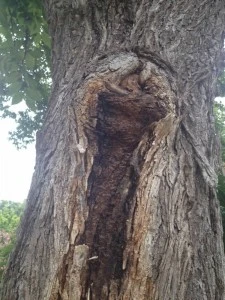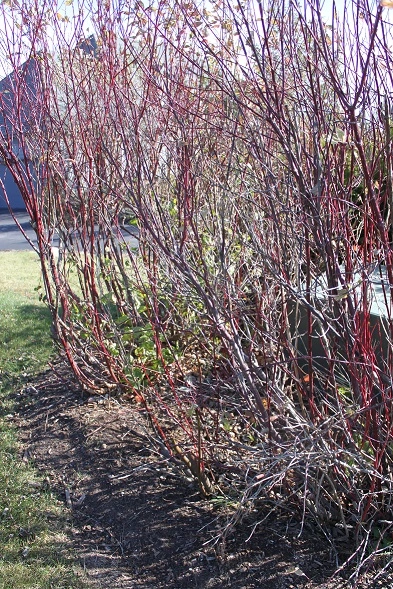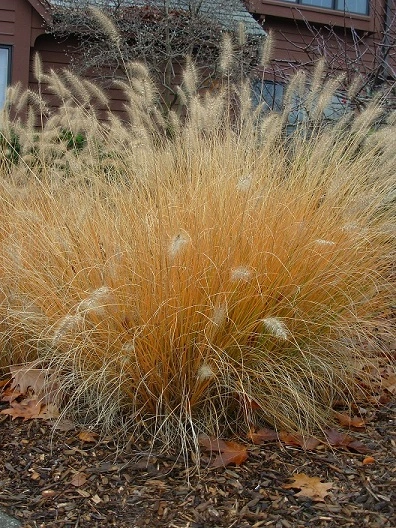
Our Blog
Use our blog as a resource of information pertaining to lawn and landscape maintenance information and services for your properties.

Use our blog as a resource of information pertaining to lawn and landscape maintenance information and services for your properties.
 Does a warmer winter mean more pests to manage during spring and summer? Actually, there are a few other factors to consider before concluding this theory.
Does a warmer winter mean more pests to manage during spring and summer? Actually, there are a few other factors to consider before concluding this theory.
 Most insects adapt to cold winters by slowly preparing in the fall and staying dormant until the spring. Therefore, large temperature swings can be detrimental to insects… (There was at least one day this winter, from what I remember, where the temperature dropped a total of 50 degrees within just two days!). We could expect some insect mortality due to cold intolerance when regularly fluctuating from 0-50 degrees.
Most insects adapt to cold winters by slowly preparing in the fall and staying dormant until the spring. Therefore, large temperature swings can be detrimental to insects… (There was at least one day this winter, from what I remember, where the temperature dropped a total of 50 degrees within just two days!). We could expect some insect mortality due to cold intolerance when regularly fluctuating from 0-50 degrees. Plant disease-causing fungi are usually inhibited during periods of drought. Most fungi require water to infect and develop. Although drought factors tend to reduce the risk of disease, there are some disease situations that are enhanced.Leaf spotting fungi in the Helminthosporium complex are more severe when the potassium levels are low. The lack of soil moisture due to droughts can affect the availability of these nutrients although there may be adequate levels in the soil. During dew periods and other sporadic moisture periods, nutrient deficient plants can become infected and disease can develop. These leaf-spotting disease fungi can reduce hay quality.
Plant disease-causing fungi are usually inhibited during periods of drought. Most fungi require water to infect and develop. Although drought factors tend to reduce the risk of disease, there are some disease situations that are enhanced.Leaf spotting fungi in the Helminthosporium complex are more severe when the potassium levels are low. The lack of soil moisture due to droughts can affect the availability of these nutrients although there may be adequate levels in the soil. During dew periods and other sporadic moisture periods, nutrient deficient plants can become infected and disease can develop. These leaf-spotting disease fungi can reduce hay quality.
 Pruning deciduous plants while there are no leaves on the plant allows us to see the complete framework of the plant and do a thorough job of pruning. We will work through the winter season to do this work. The cost for pruning a shrub or ornamental tree is far less than the cost of replacing an overgrown tree or shrub in the future–pruning is a necessary task in the maintenance of an ornamental landscape and should be done every 1-5 years depending on the plant species. Corrective pruning or rejuvenation pruning is just that–it is to correct mismanaged plants or to reinvigorate them by removing a substantial amount of growth. This drastic measure may be needed initially, but not as an ongoing part of a sustainable landscape management program. Contact us for a full property review (free)– Be aware of anything that needs attention!
Pruning deciduous plants while there are no leaves on the plant allows us to see the complete framework of the plant and do a thorough job of pruning. We will work through the winter season to do this work. The cost for pruning a shrub or ornamental tree is far less than the cost of replacing an overgrown tree or shrub in the future–pruning is a necessary task in the maintenance of an ornamental landscape and should be done every 1-5 years depending on the plant species. Corrective pruning or rejuvenation pruning is just that–it is to correct mismanaged plants or to reinvigorate them by removing a substantial amount of growth. This drastic measure may be needed initially, but not as an ongoing part of a sustainable landscape management program. Contact us for a full property review (free)– Be aware of anything that needs attention!
 Many perennials are better left standing over the winter than cutting them down. There are several reasons for this. In addition to many of the perennials having attractive foliage and/or seed heads, they offer food resources for birds. Many birds find the seeds of perennials particularly tasty. The stems of perennials also offer a place for some birds to hide during the winter. With some marginally hardy perennials, leaving the stems up for the winter aids in overwintering. The foliage helps to insulate the crowns. Mums seem to benefit a great deal from this practice. Another reason to leave stems stand is that if the perennial is a late riser in the spring, the stems will help to mark the spot and prevent any accidental digging in the area that might harm the underground portions of the plant.
Many perennials are better left standing over the winter than cutting them down. There are several reasons for this. In addition to many of the perennials having attractive foliage and/or seed heads, they offer food resources for birds. Many birds find the seeds of perennials particularly tasty. The stems of perennials also offer a place for some birds to hide during the winter. With some marginally hardy perennials, leaving the stems up for the winter aids in overwintering. The foliage helps to insulate the crowns. Mums seem to benefit a great deal from this practice. Another reason to leave stems stand is that if the perennial is a late riser in the spring, the stems will help to mark the spot and prevent any accidental digging in the area that might harm the underground portions of the plant.Just complete the form below to get a pricing quote.
